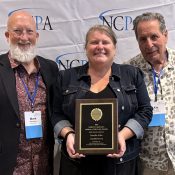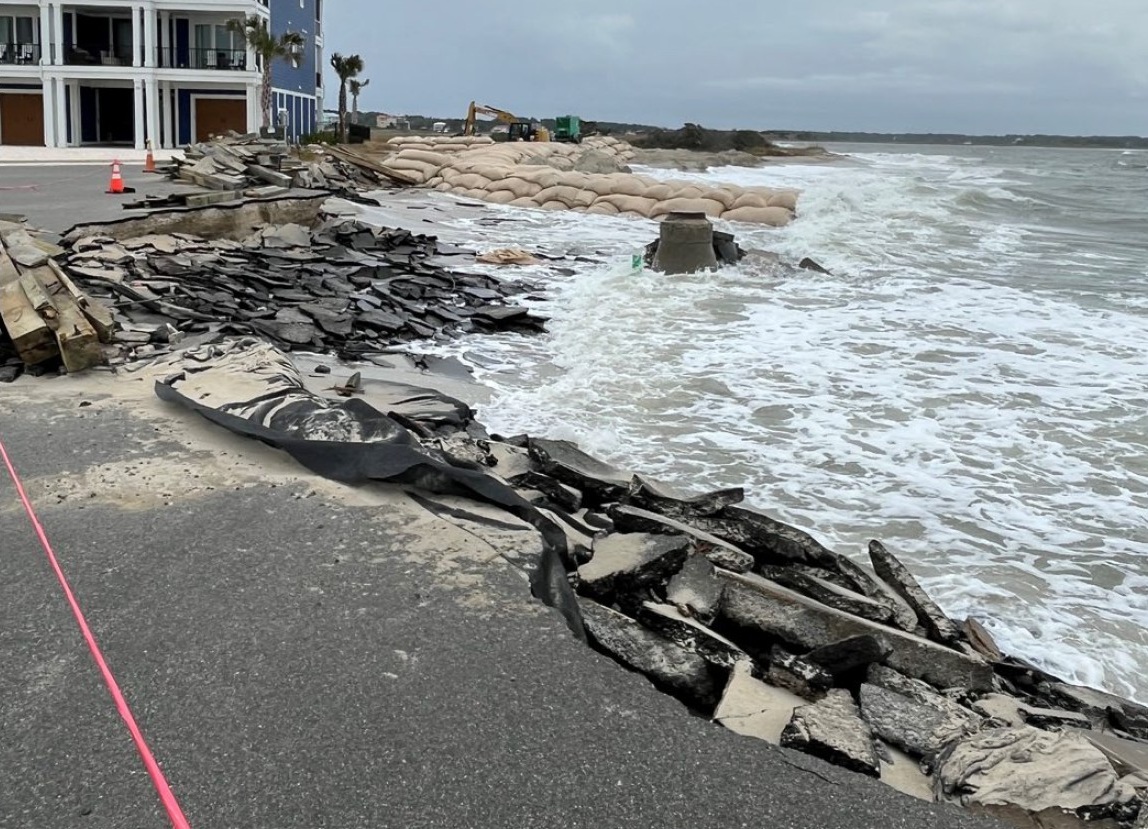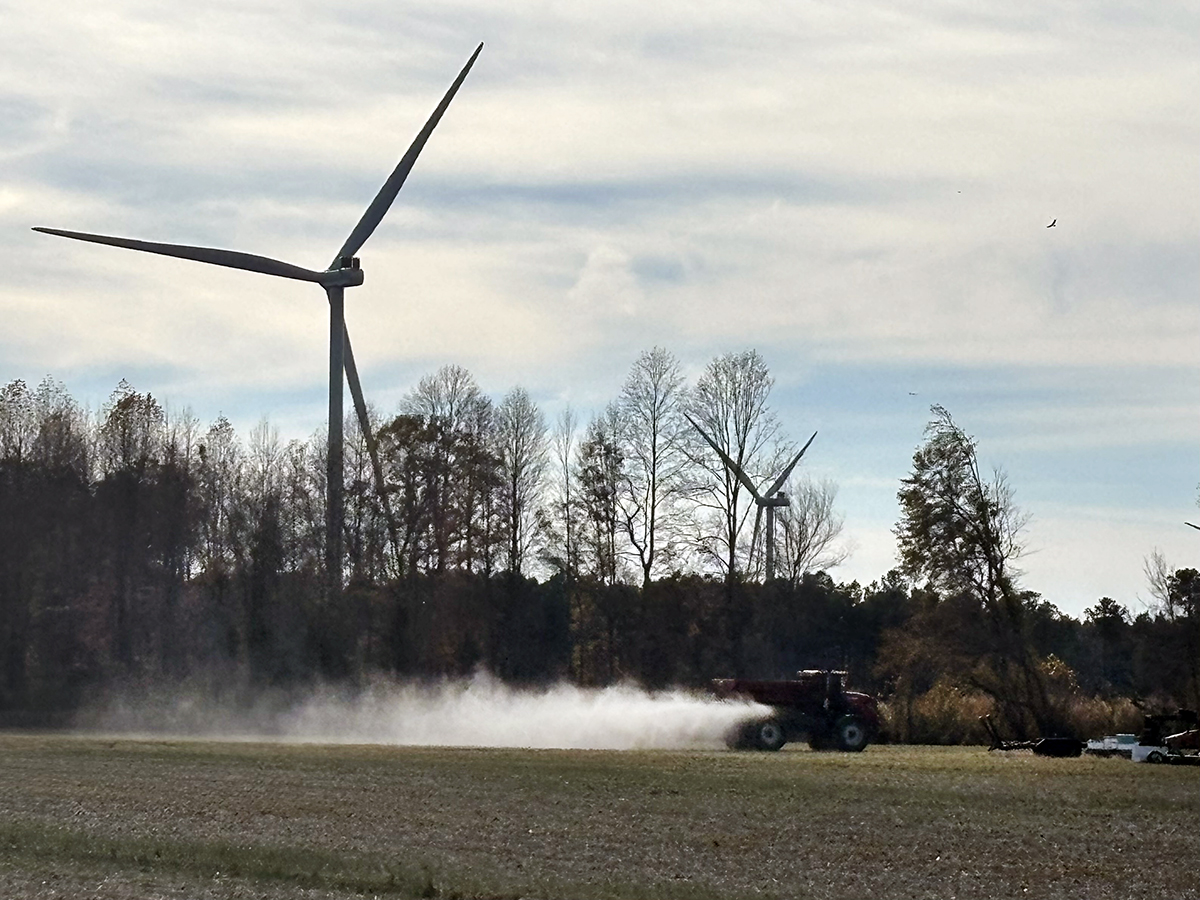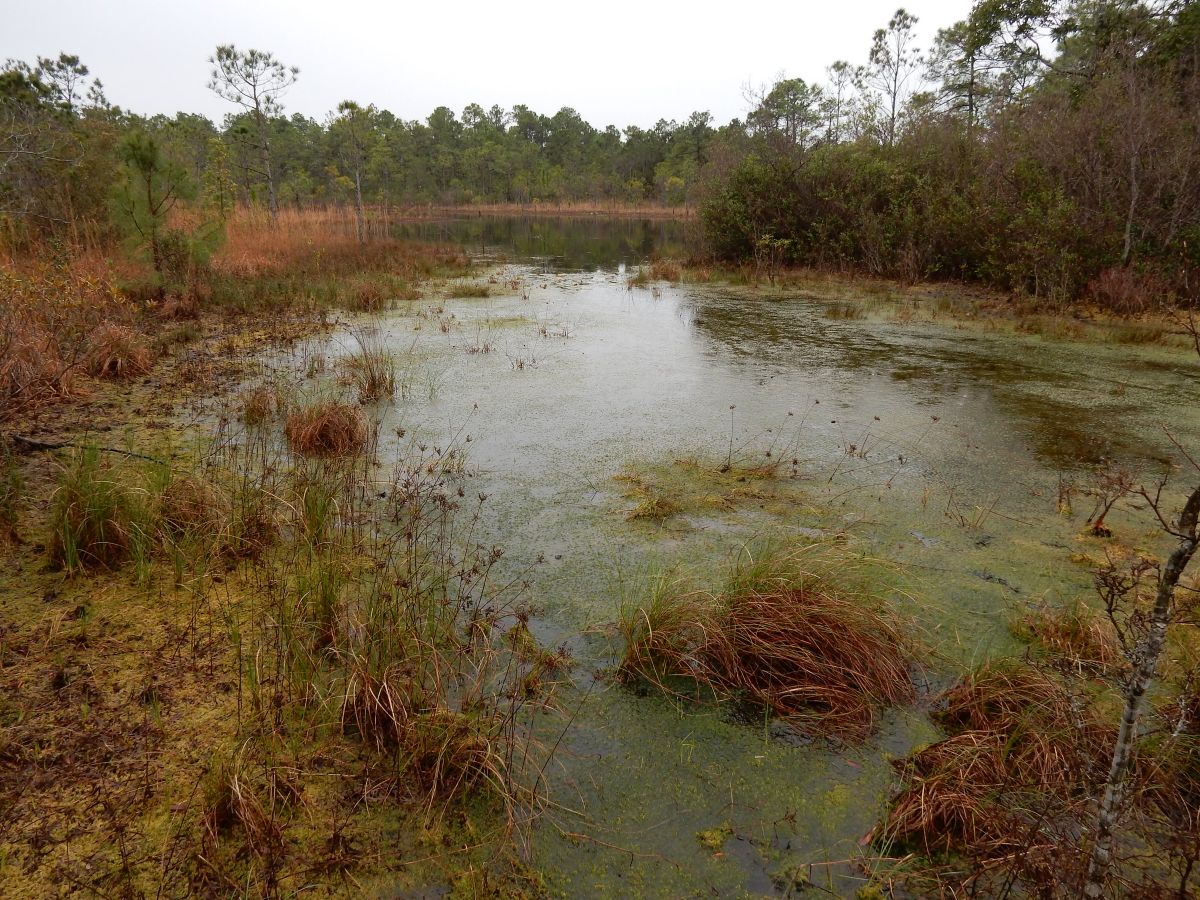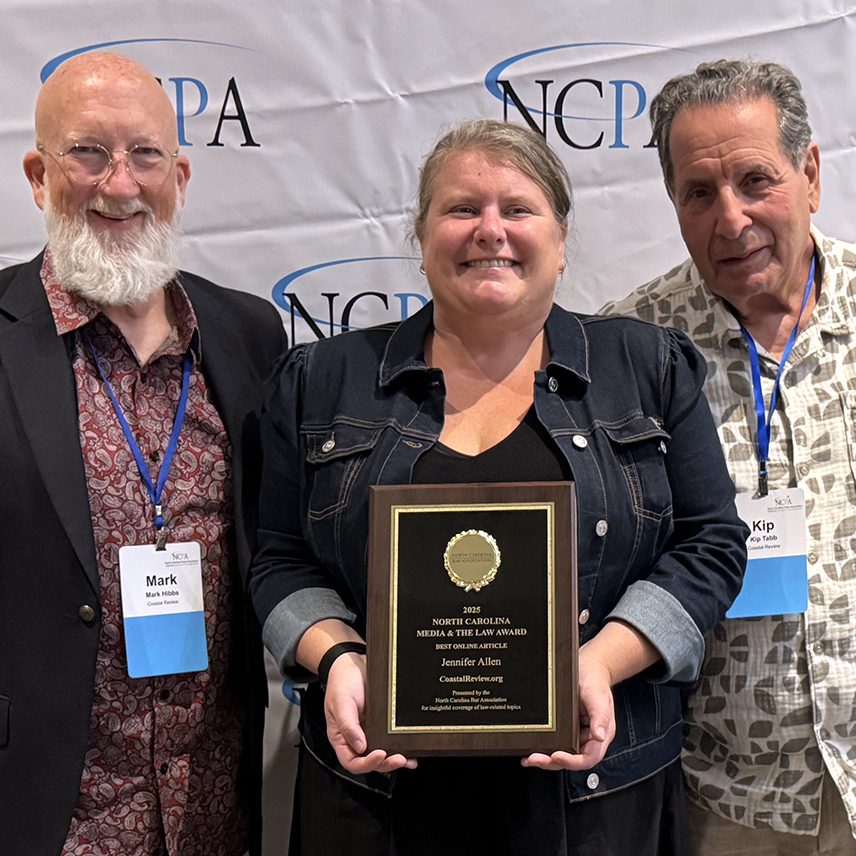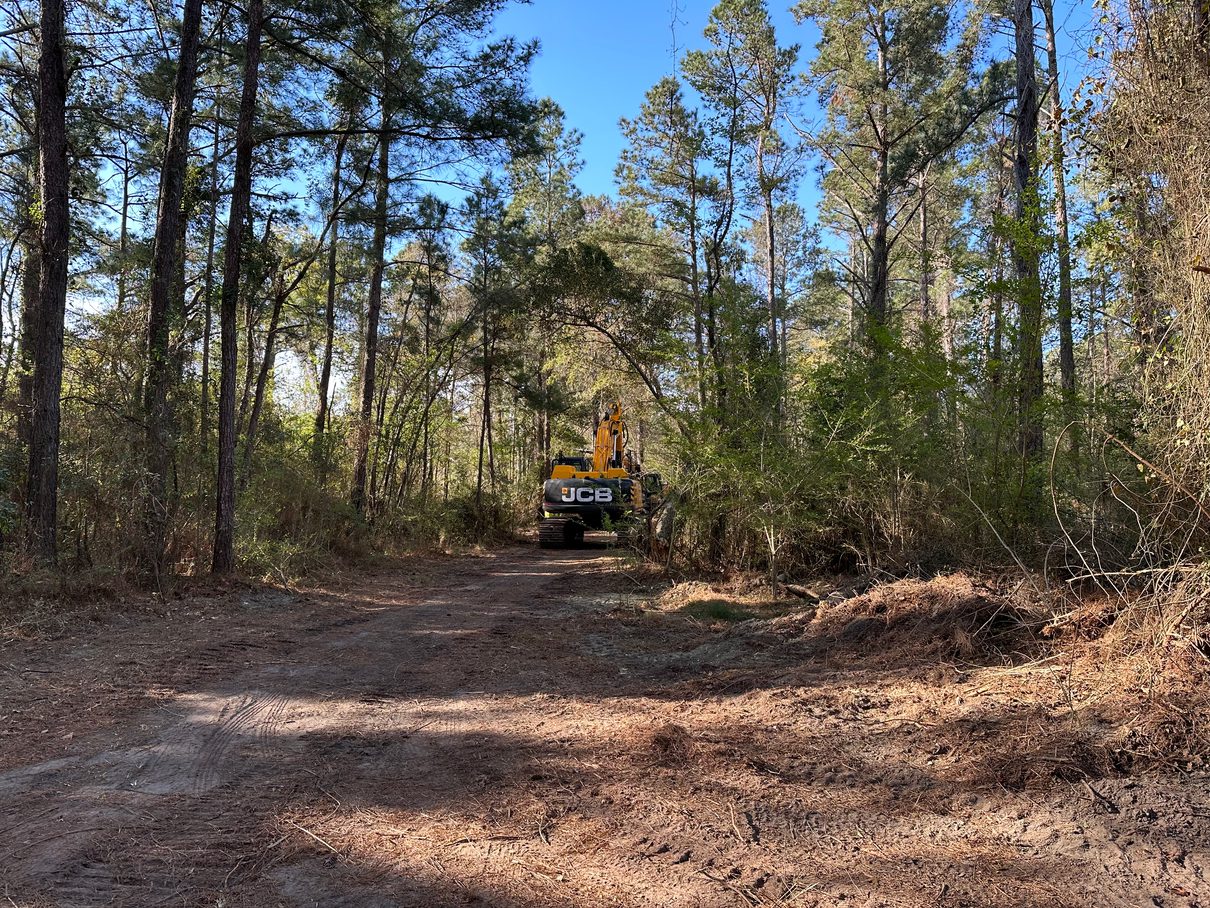
When contractors began cleaning up debris from the grounds of a former wood treatment plant in Navassa last year, they expected they’d be removing old railroad ties, pieces of treated wood and tires.
“We didn’t expect to see a tank there,” Ngozi Ibe said of the underground storage vessel at the property.
Supporter Spotlight
The same goes for other unexpected debris contractors found in a section of the former Kerr-McGee federal Superfund site designated as Operable Unit 2, Ibe, senior project manager and environmental justice specialist who manages the Multistate Trust site in Navassa, said in a Thursday night community meeting.
“We just found an extensive amount of material out there,” she said. “It was so much more than we had expected to encounter when we originally planned the work.”
As contractors unearthed the tank, which contained an unknown fluid, bricks coated in an oily sheen, and additional treated timber they did not anticipate finding in the area, it became clear more time would be needed to clean Operable Unit 2, or OU2.
The next round of cleanup is not expected to begin until sometime this fall, with work anticipated to go on for anywhere from six to eight weeks, Ibe said.
OU2 is a 16-acre section of the original 200-acre site where wood was treated for more than 40 years before operations permanently closed in the mid-1970s.
Supporter Spotlight
Operations on the land left a legacy of contamination of creosote, a gummy, tar-like substance used to treat wood used for railroad ties and utility poles.
The land was added to the U.S. Environmental Protection Agency’s National Priorities List of federal Superfund sites in 2010.
In order to evaluate the land and get an understanding of the extent of contamination on it to help determine how it may be used in the future, the EPA divided the property into operable units.
The site is comprised of five units, including a 20-acre tract where untreated wood was stored. That unit, or OU1, was removed from the EPA’s National Priorities list in 2021. There are no restrictions on future development of this parcel.
In April 2024, contractors began cleaning up OU2, where both treated and untreated wood were stored, by excavating a little more than 1.5 acres of surface soils contaminated with levels of dioxin and polycyclic aromatic hydrocarbons considered to pose an unacceptable risk to people and the environment.
Contractors also removed old tires, treated timber, slabs of concrete and other debris discovered through an initial investigation of the unit.
Workers dug down anywhere from one to two feet, in general, to remove contaminated soil. The excavated soil has been placed on temporary storage sites, lined and covered, in Operable Unit 4.
Contaminated soils removed from OU2 and stockpiled in OU4 are being managed and inspected no less frequently than monthly, as well as after every rainfall.
Backfill suitable for residential use has been injected into the trenches dug to remove the contaminated soil from OU2 and vegetation planted on those areas to prevent erosion and runoff.
Wells have been dug in the unit so officials can monitor groundwater.
OU4, the pond and process area of the former wood-treatment plant site, spans about 32 acres.
The EPA has divided OU4 into two sections: north and south.
Erik Spalvins, EPA remedial project manager, said Thursday night that the northern section of OU4 does not have groundwater contamination or creosote and that officials will decide how to address the two stockpiles from OU2.
There is groundwater contamination in the southern section of OU4. And, creosote contamination has been found as deep as 70 feet below the ground’s surface.
Spalvins said he hopes the EPA is ready to issue a proposed plan to address remediation in OU4 in August. The plan, which will be discussed at a public meeting, will go out for public comment on how residents in the area would like to see than land used.
“What we’re trying to do is provide as much flexibility in our decision-making process so that we don’t tie our hands in the future,” Spalvins said. “So, specifically in the feasibility study, we looked at a residential option and industrial commercial option and we are going to put it out for public comment.”
A feasibility study is currently underway for Operable Unit 3, or the marsh area of the site. Spalvins said the hope is that a draft proposed plan for that unit will be released sometime early next year.
The Multistate Trust plans to donate about 30 acres that was not contaminated for the proposed Moze Heritage Center and Nature Park, dedicated to preserving the stories of enslaved Africans who worked the rice plantations along river banks in southeastern North Carolina.
Claire Morgan, director of community partnerships and redevelopment and senior attorney with the Greenfield Environmental Trust Group, explained Thursday night that the 30 acres donated to the town will be included in a conservation easement to ensure it is used for the public good.
The trust has been working with the North Carolina Coastal land Trust to serve as the easement holder, but the town will own the land.


